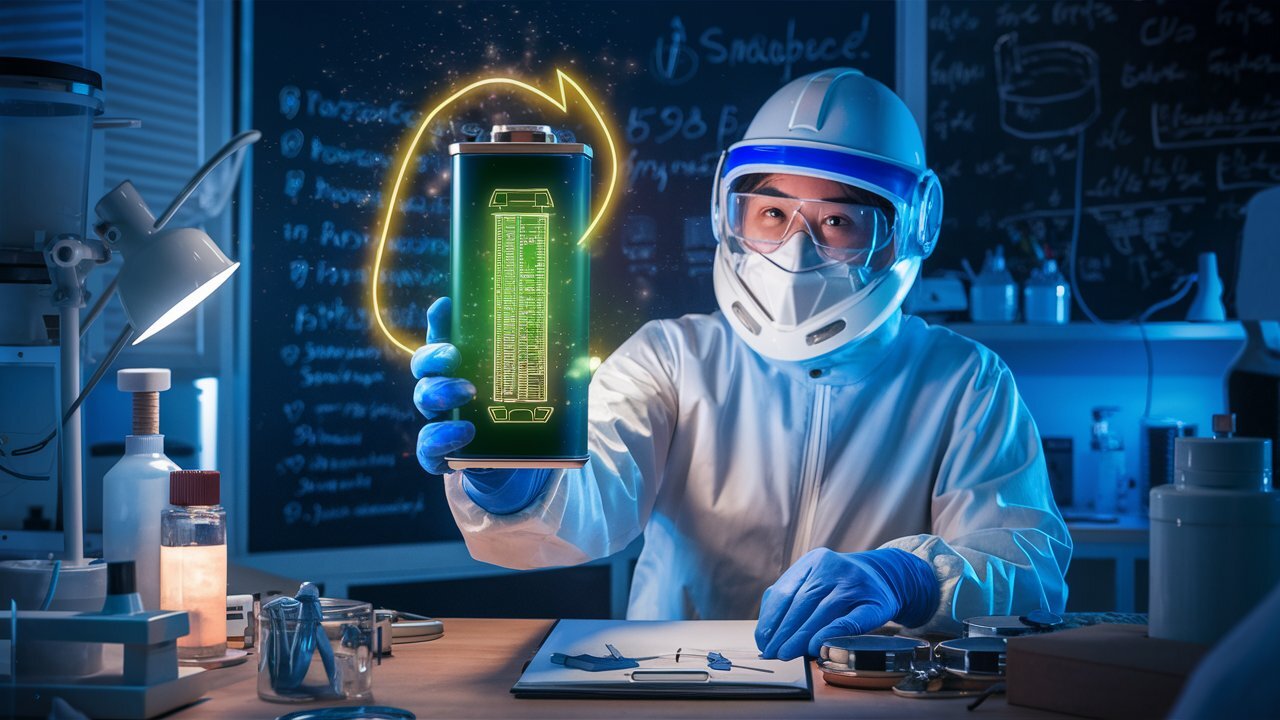Lithium-ion batteries are widely used in electric vehicles and energy storage systems. A promising material for the cathodes of such batteries is lithium-rich layered oxide (LLO). However, despite its high energy density, LLO has stability issues that limit its commercial application.
Previous studies have shown that one of the main causes of LLO degradation is oxygen release during charge-discharge cycles. A team of researchers from Pohang University of Science and Technology (POSTECH) focused on stabilizing the interface between the cathode and electrolyte to prevent oxygen release.
Scientists have developed a new electrolyte composition that significantly reduces oxygen release and increases the stability of the cathode. As a result, batteries with modified electrolytes retained 84.3% of their original capacity after 700 charge-discharge cycles, while conventional electrolytes lost an average of 37.1% of their capacity after 300 cycles.
The study also showed that changes to the cathode surface significantly affect its stability. By eliminating these changes, scientists were able to significantly increase the life and performance of the cathode.
Source: Ferra
I am a professional journalist and content creator with extensive experience writing for news websites. I currently work as an author at Gadget Onus, where I specialize in covering hot news topics. My written pieces have been published on some of the biggest media outlets around the world, including The Guardian and BBC News.











